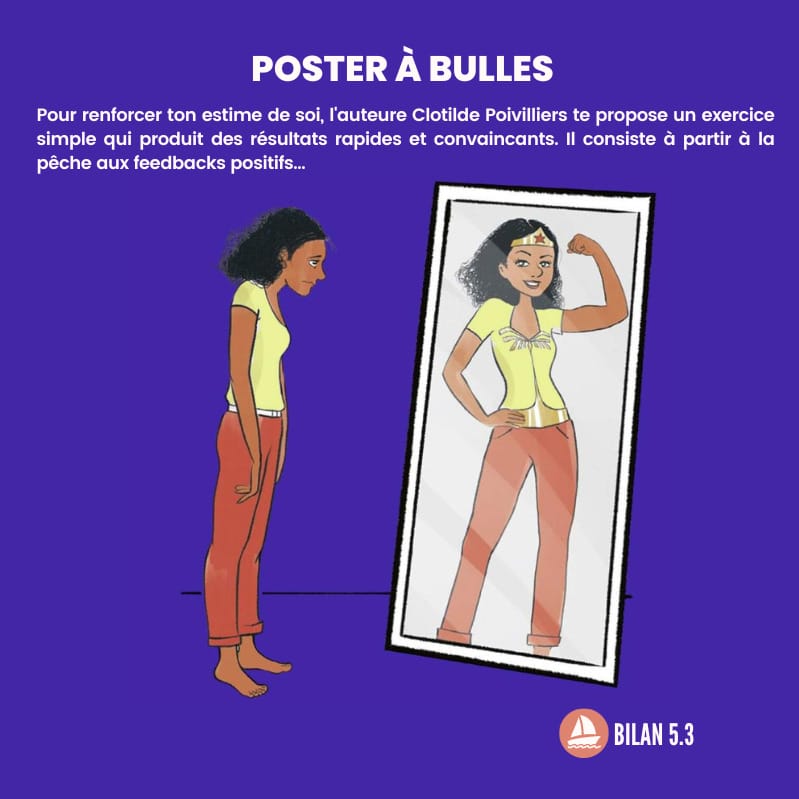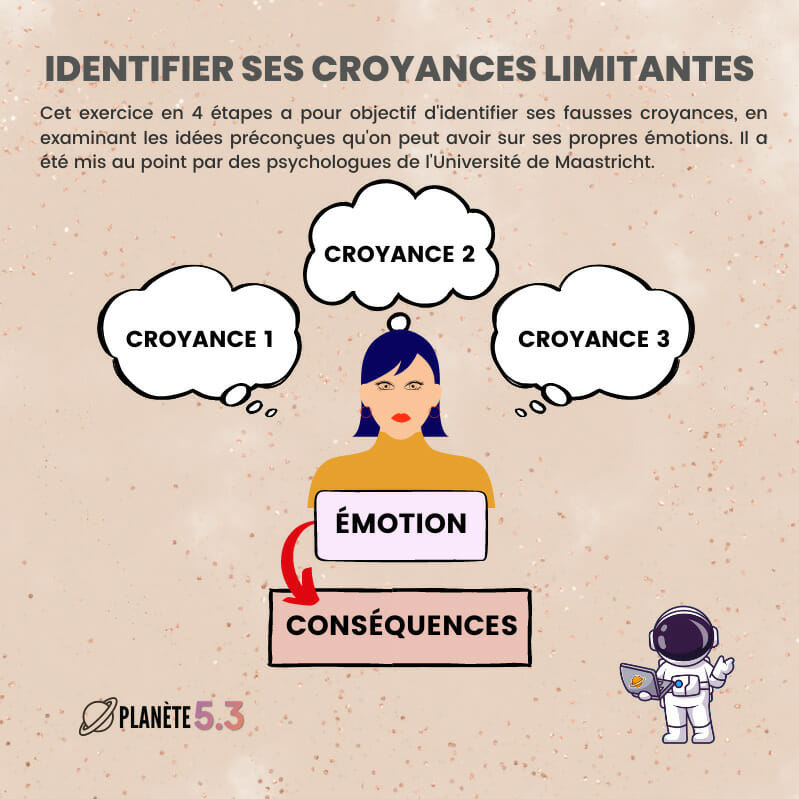It is not only governments that must act to limit the consequences of climate change. All gestures for the planet count and each individual is invited to participate. As citizen-consumers, we all have our share of responsibility for limiting our collective impact on the environment.
When we try toact for the planet at his (humble) level, it is very difficult to navigate. So how?
What are the good gestures for the planet?
Well, I’m not going to ask you to pee in the shower, eat tofu with every meal, or go shopping in bulk. I’m going to tell you about individual actions that have a real impact on greenhouse gas emissions (and therefore global warming).
As soon as we are interested in the subject, we are led to make hard choices to identify good actions for the planet:
- Is it better to eat local and over-packaged fruits and vegetables or a product that comes from afar but without packaging?
- Can we still afford to eat tropical fruits like bananas or avocados?
- Is it better to go bulk shopping by car or walk to the local convenience store?
And then there is the questions you don’t really want to ask yourself because we fear to know the answer:
- What is the impact if I lower my thermostat by one degree?
- What if I stopped replacing my mobile phone every two years because I have a lot of points with my operator?
So how to get there in all of that ? What should be my first gestures for the planet?
There is a simple way forward, a strategic approach. I will give you the three steps to set up actions that have an impact on your carbon footprint and therefore on global warming.
1. Your personal carbon footprint
How do you find your way around everything you see on the internet? There are many sites that give you ideas but which are not necessarily adapted to your situation: for example, take your bike to go to work. OK, but I live 25 km away!
The first step to finding the right idea, the one that will have an impact and that will suit you, is to analyze your lifestyle and determine which of your habits emit the most greenhouse gases.
The easiest way to do this is to calculate your personal carbon footprint. I recommend the site Avenirclimatique.org.
The questionnaire is well constructed and easy to understand. To make the energy balance of your home, what you consume in electricity and gas, you can enter the amount of your last bills and the site automatically evaluates the energy consumption.
It’s much easier to enter the amount of an invoice in euros than to enter its annual gas consumption in Kw/h.
For each answer given, we get the level of CO2 emissions associated. For example: in the field of food, I see that it is my consumption of dairy products which emits the most CO2. What a revelation!
So we have all the necessary material for the second step which is the move to action but be careful: not just anyhow[[
2. Be ambitious but not rushed
The mistake when you want to take action these pains do everything at the same time when you take stock, you will see lots of ideas, we are going to want to do a lot of things and then finally, we risk doing nothing. What is needed is to plan an individual action per month and, to start, you can choose the area in which you have the most emissions with the carbon footprint.
Then you can access the subdomains and choose an action that will respond to a problem. Here are some ideas to help you but it is not sure that they are adapted to your situation:
- Eat less beef?
- Stop changing your mobile phone every two years?
- Stop taking the plane when we could go by train
- Lower your heating by 1 degree?
Read also:
3 simple steps to act for the planet at its level
Acting for the environment takes time…
Zero Waste: 3 simple tips to get started
What if we stopped the clichés about ecology?
It’s up to you to choose your actions according to your carbon footprint and your way of life if you never succeed I can help you on which item you want to improve your carbon footprint and I will answer you
If every month you set up a new action, at the end of the year you will have put in place twelve actions which have an impact but for that it has to last.
3. Collateral benefits
The last step is to assess what I call the collateral benefits and this is what guarantees that the actions are anchored in the long term and that they are not experienced as constraints.
Reducing your meat consumption, for example, will make you make savings. Same if you turn down your heating of a degree. Well, you might have to bring out a big sweater, but it’s worth it.
And when you don’t change your mobile phone every two years, you also save money and… you avoid wasting time transferring data. For this point, it’s not crazy but I wanted all the same find an advantage to keep the same laptop for four years with a weak battery.
So let’s go : calculate your carbon footprintchoose an action and write it down, then share it: writing it down and posting it will help you stay on track! It’s the key to last…












